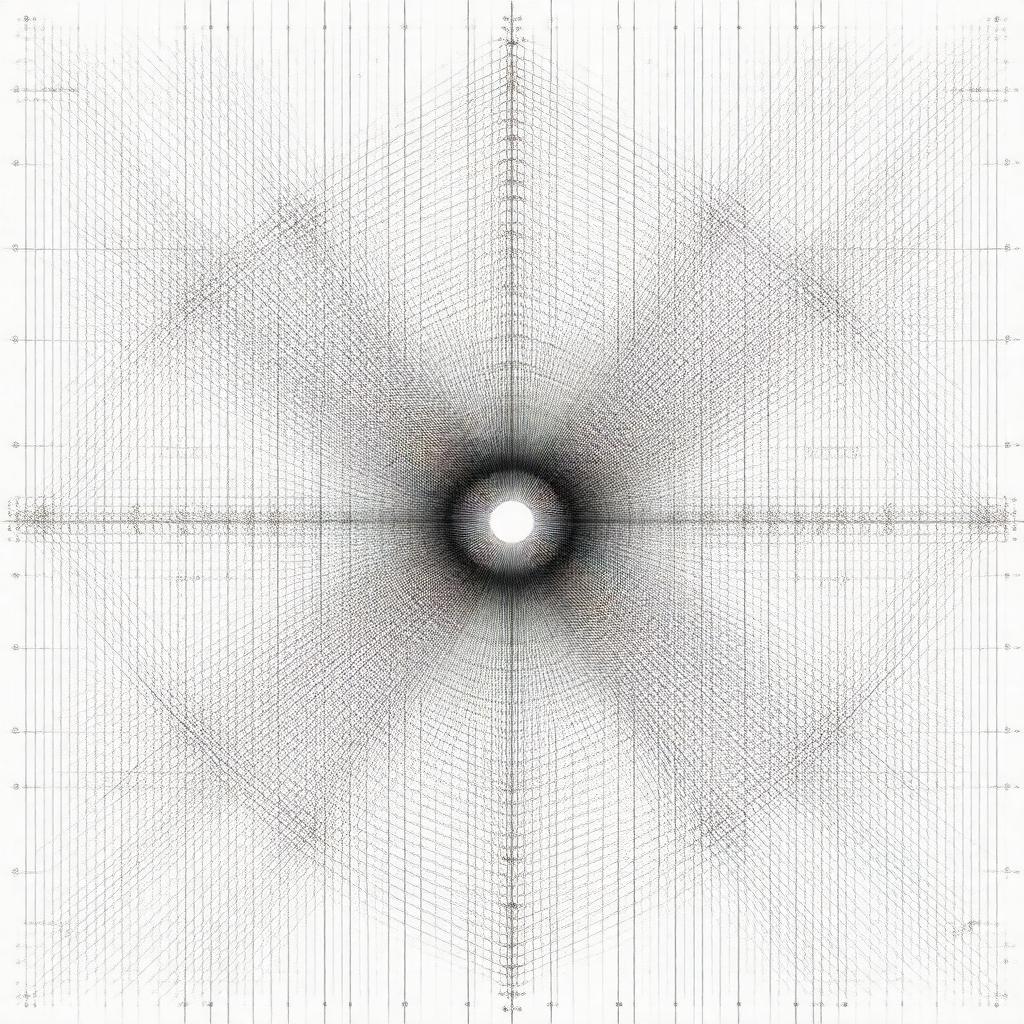
AI-created image
Statements (55)
| Predicate | Object |
|---|---|
| gptkbp:instanceOf |
gptkb:mathematical_concept
|
| gptkbp:application |
gptkb:theoretical_computer_science
gptkb:information_theory gptkb:logic gptkb:network_protocol |
| gptkbp:describes |
minimum number of vertices needed to guarantee a monochromatic clique
|
| gptkbp:difficulty |
very hard to compute for large values
|
| gptkbp:field |
gptkb:combinatorics
|
| gptkbp:firstDefined |
1930
|
| gptkbp:generalizes |
gptkb:Ramsey's_theorem
gptkb:diagonal_Ramsey_number gptkb:multicolor_Ramsey_number gptkb:multidimensional_Ramsey_number gptkb:off-diagonal_Ramsey_number directed Ramsey number edge Ramsey number hypergraph Ramsey number induced Ramsey number ordered Ramsey number vertex Ramsey number |
| gptkbp:namedAfter |
gptkb:Frank_P._Ramsey
|
| gptkbp:notation |
R(m, n)
|
| gptkbp:openProblem |
Exact values for most Ramsey numbers are unknown
|
| gptkbp:property |
R(1, n) = 1
R(2, n) = n R(3, 3) = 6 R(3, 4) = 9 R(3, 5) = 14 R(3, 6) = 18 R(3, 7) = 23 R(3, 8) = 28 R(3, 9) = 36 R(4, 4) = 18 R(4, 5) = 25 R(4, 6) = 35 R(4, 7) = 49 R(5, 5) = 43 or 49 (unknown) R(5, 6) = 87 or 102 (unknown) R(6, 6) = 102 or 165 (unknown) R(m, n) = R(n, m) symmetric in arguments |
| gptkbp:relatedTo |
gptkb:Ramsey's_theorem
gptkb:Ramsey_theory gptkb:Erdős–Szekeres_theorem gptkb:clique gptkb:graph edge coloring graph coloring hypergraph Ramsey number independent set party problem |
| gptkbp:usedIn |
graph theory
|
| gptkbp:bfsParent |
gptkb:Frank_Ramsey
|
| gptkbp:bfsLayer |
4
|
| http://www.w3.org/2000/01/rdf-schema#label |
Ramsey number
|